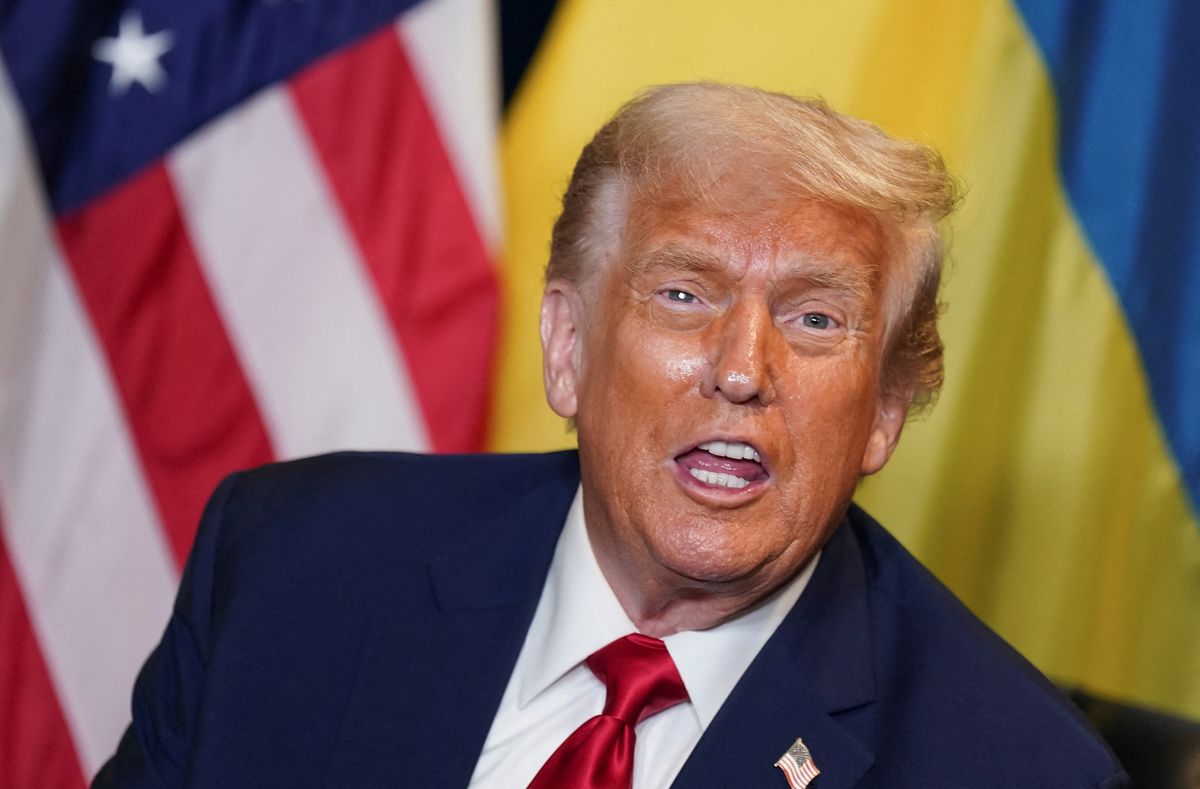
The Trump administration appears to be "ecstatic" over recent U.S. Supreme Court successes, using the high court as a "shadow docket" to side with President Donald Trump.
The news follows a chaotic week, including Trump's hour-long speech to the United Nations where he said "your countries are going to hell" (and also suggests a triple sabotage plot), plus the news conference where he urged pregnant women not to take Tylenol (without scientific evidence) and remarks made at Charlie Kirk's memorial Sunday, where he inappropriately described hating his political opponents, according to commentary from Salon's Heather Digby Parton.
"But the president did get some good news from his allies on the Supreme Court," Digby Parton writes. "Using the so-called 'shadow docket,' the justices allowed him to fire someone the law says he should not be allowed to fire. No doubt that felt very soothing. He is, after all, the man who first ran for office by shouting his famous reality show catchphrase: 'You’re fired!'"
Back in March, Trump fired Rebecca Kelly Slaughter and Alvaro Bedoya without cause. The two Democratic-appointed members of the Federal Trade Commission sued the government and demanded to be reinstated, pointing to Humphrey’s Executor v. United States, a 1935 landmark Supreme Court case that involved the firing of an FTC commissioner. In this ruling, it was "clear that a president cannot fire independent agency commissioners at will; there must be a grave reason."
In June, Bedoya resigned from the case while seeking employment and Slaughter continued it alone.
Lower courts sided with Slaughter, citing the precedent set in Humphrey’s Executor.
But then this week, just before the upcoming Supreme Court term that begins on Oct. 4, the high court accepted Trump's emergency appeal and used an accelerated timetable to add the case to its December docket. And the worst part was that the court ruled that his firing of Slaughter could continue until the case is resolved.
"You don’t need to be a Supreme Court insider or a psychic to figure out how this will go," Digby Parton writes. "The conservative justices couldn’t even bring themselves to allow the precedent to stand for a few more months until they could hear the case. They had to step in to give Trump the relief he craved to be able to fire this woman."
Writing for the minority, Justice Elena Kagan points out that this is the latest in a series of cases where the conservative justice majority has “handed full control of all those agencies to the president…He may now remove — so says the majority, though Congress said differently — any member he wishes, for any reason or no reason at all. And he may thereby extinguish the agencies’ bipartisanship and independence.”
But it's not surprising considering the court's ongoing trend to support Trump's view of the unitary executive, which is a theory held by the conservative legal organization Federalist Society and right-wing think tank the Heritage Foundation. The theory pushes that the president has absolute power over the executive branch.
"The Trump administration may be ramshackle and chaotic in most ways, but they have offered a master class in legal strategy. Their timing and choices of cases to push on an emergency basis has been meticulously planned," according to Digby Parton.
The "shadow docket" decisions have been ongoing. Lower courts have pushed back and temporarily blocked Trump from carrying out moves that are illegal under established case law, only for the high court to reverse the lower courts without any explanation while the case proceeds — an issue federal judges themselves, from both parties, are starting to protest.




